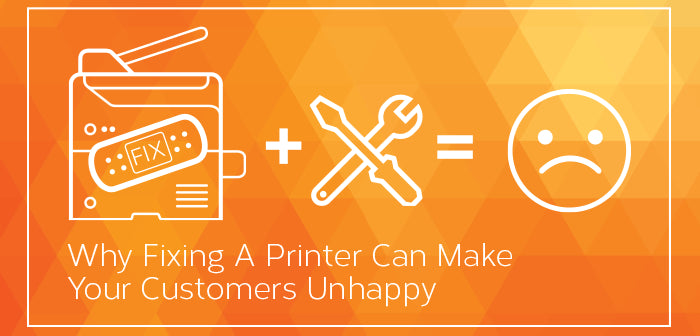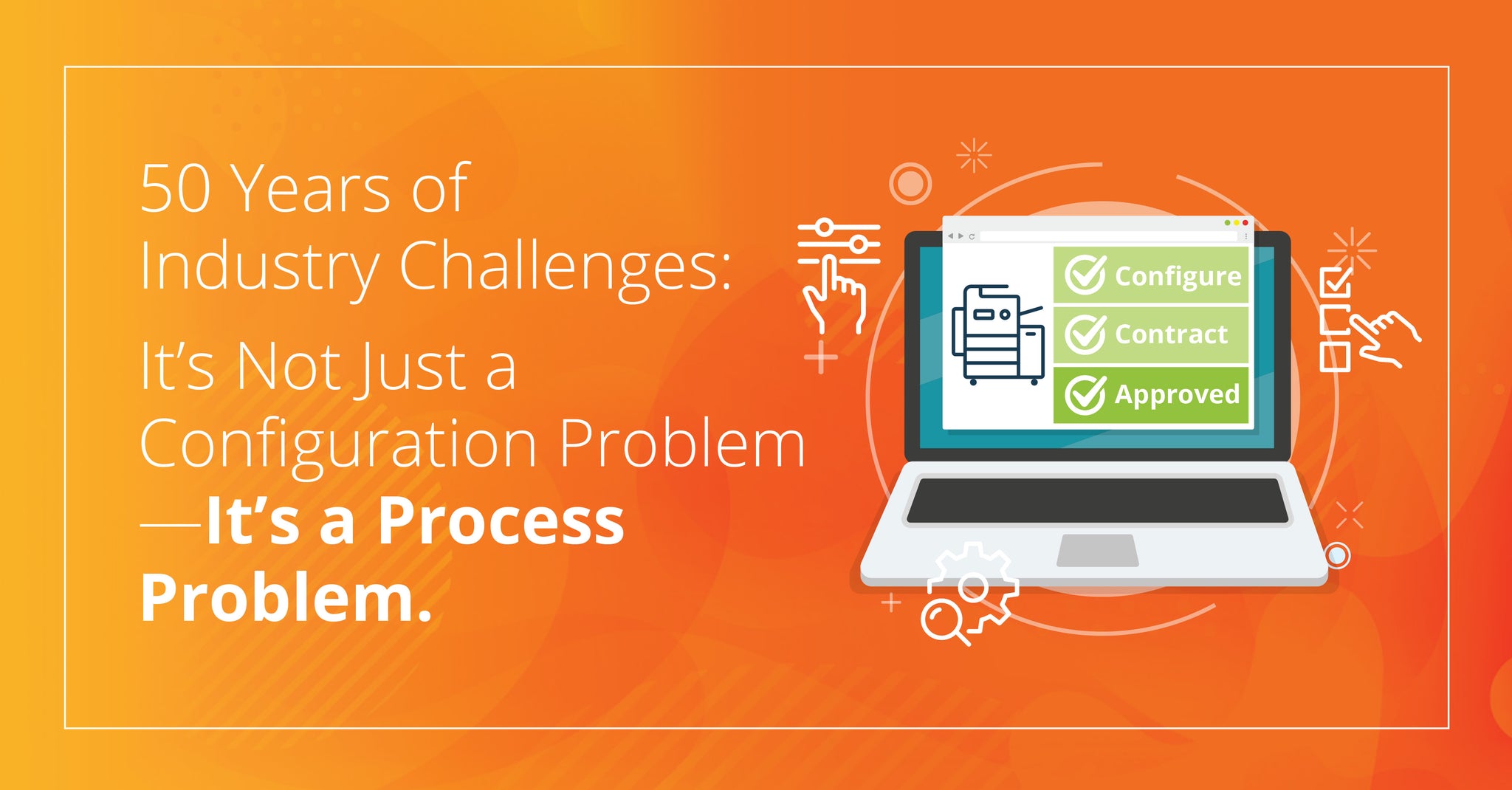
Good news! I can fix your printer. Bad news: you still have a twelve year old, big, noisy device that can only print, and only print in black and white.”
If you think this is an extreme example, then ask your parts distributor why their most popular product is a rebuilt HP 4250 fuser. A product that has its engineering grounded in a workflow from the 1990s. It’s a great product. It’s a workhorse. It’s a single function monochrome printer. Repair makes sense… in some cases. There is a use-case for a single function printer. Clearly, there are fewer use-cases for these printers today then there were several years ago. Has your account management strategy adapted to this new reality? Changing strategy sounds daunting (because it is), but what about changing tactics? That’s a much faster path to success.
Repair doctrine: a new approach.
First off there are still models and manufacturers that require service. Most high volume, A3 printers are engineered to allow repair. The devices are expensive, built to last, and the output they produce requires some periodic maintenance and parts replacement. The business case is less clear cut on the A4 fleet, led by HP®, Lexmark®, and the like. Here’s a quick asset report on a sample fleet with MPSToolbox.

In it you can see that we capture the manufacturer, model, age, and output of a device, along with its functionality (color, multifunction, A3, etc.). As you scroll down the list, the device age begins to pop out, along with the monthly page volume. If you were to ask your service team if they can repair these devices, they would most likely say yes, and they would be all too happy to do so. But hold that thought: repairing may not be a sound business decision. Your service team is likely self-interested. They view a broken down device as a repair challenge, not as a business profitability question. Here are some rules that some of our dealers use when deciding to repair or replace devices:
- More than 11 years old? Replace.
- Printing fewer than 200 pages a month? Migrate volume to a more applicable, nearby device, where feasible.
- Unable to manage supplies via remote monitoring? Replace.
An IT manager at a company will almost always accept this approach – so long as you introduce it before you need to fix a device. If you are contracted to do otherwise, then it’s likely that a conversation with a client during a quarterly or annual review is appropriate.
Once you have the conversation, the next logical question is, “What should we replace these mature [warn out] devices with?” Here is where the technology conversation takes the forefront. It goes something like this:
“We can replace them with a device that has the same functionality; however, we do not see a lot of customers with single function black and white printers anymore. Color multi-function devices have come way down in both hardware price and operating costs. Users are much more productive having these MFPs embedded within their workgroup. How about we look at a few samples?”
Change. It’s not coming, it’s here!
So, lets try this again. “Good News! This printer has done an amazing job for you over the past decade. You got your money’s worth out of it. I’ve got a brand new, multifunction color device that can make you even more efficient in your job. Are you ready?”
If you’re ready to have a conversation like this one with a client, I’m ready to help you have it. Let’s talk about giving you access to fleet information that makes the conversation simple, straightforward and compelling for everyone involved. Send me an email or book a demo online today.


